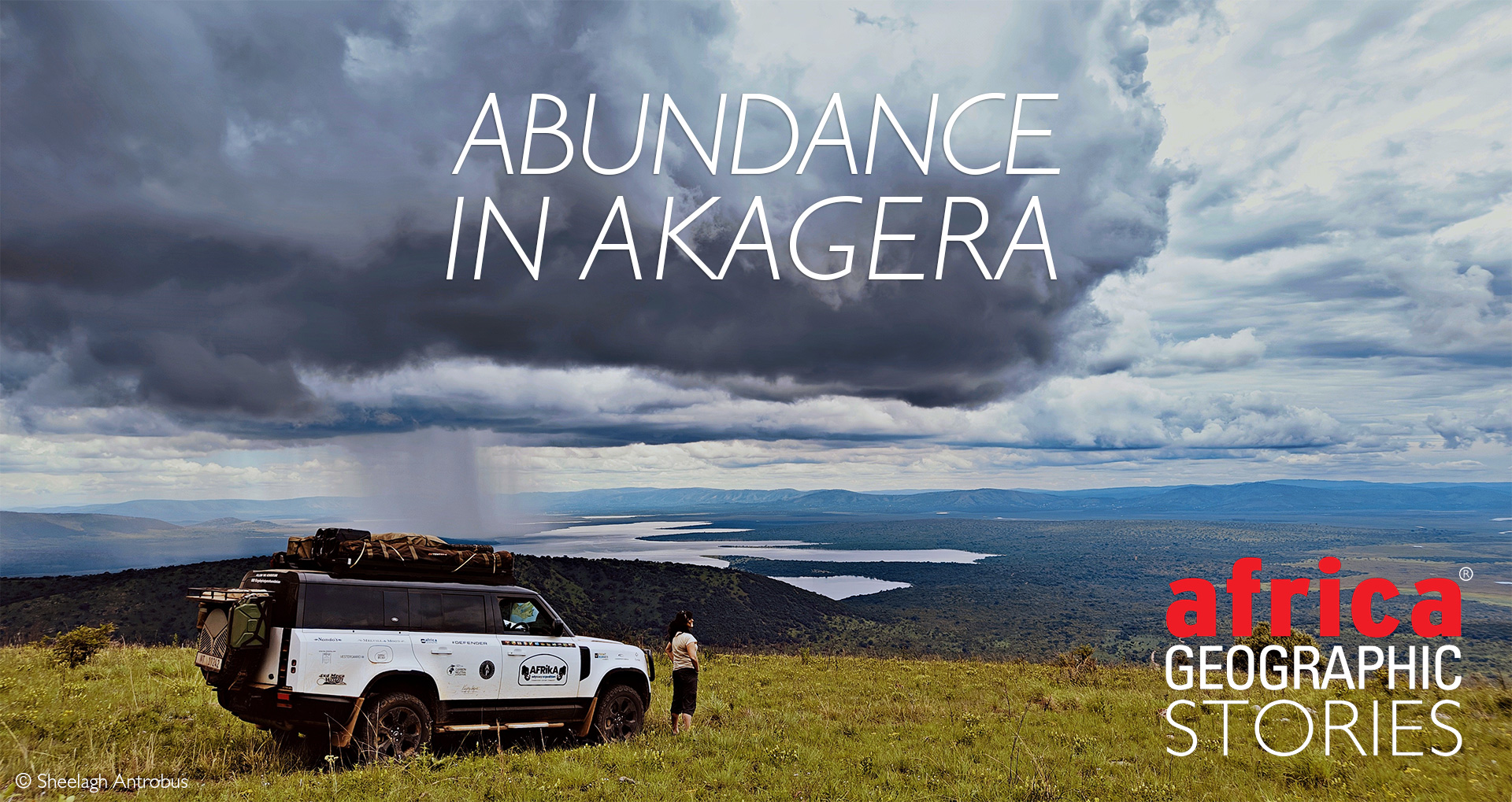
KINGSLEY HOLGATE'S AFRIKA ODYSSEY EXPEDITION


It’s been 165 days since we started this conservation, community, and culture-themed journey, and the Afrika Odyssey Expedition has reached its halfway point: park number 11 – Akagera National Park on Rwanda’s eastern border with Tanzania. As a first-night treat, Rwandan-born park manager Ladislas Ndahiriwe organises accommodation for us at the Ruzizi Tented Lodge – a welcome change after many days of hard travel, campfire nosh, and bucket baths.
Renowned African explorer Kingsley Holgate and his expedition team from the Kingsley Holgate Foundation recently set off on the Afrika Odyssey expedition – an 18-month journey through 12 African countries to connect 22 national parks managed by African Parks. The expedition’s journey of purpose is to raise awareness about conservation, highlight the importance of national parks and the work done by African Parks, and provide support to local communities. Follow the journey: see stories and more info from the Afrika Odyssey expedition here.
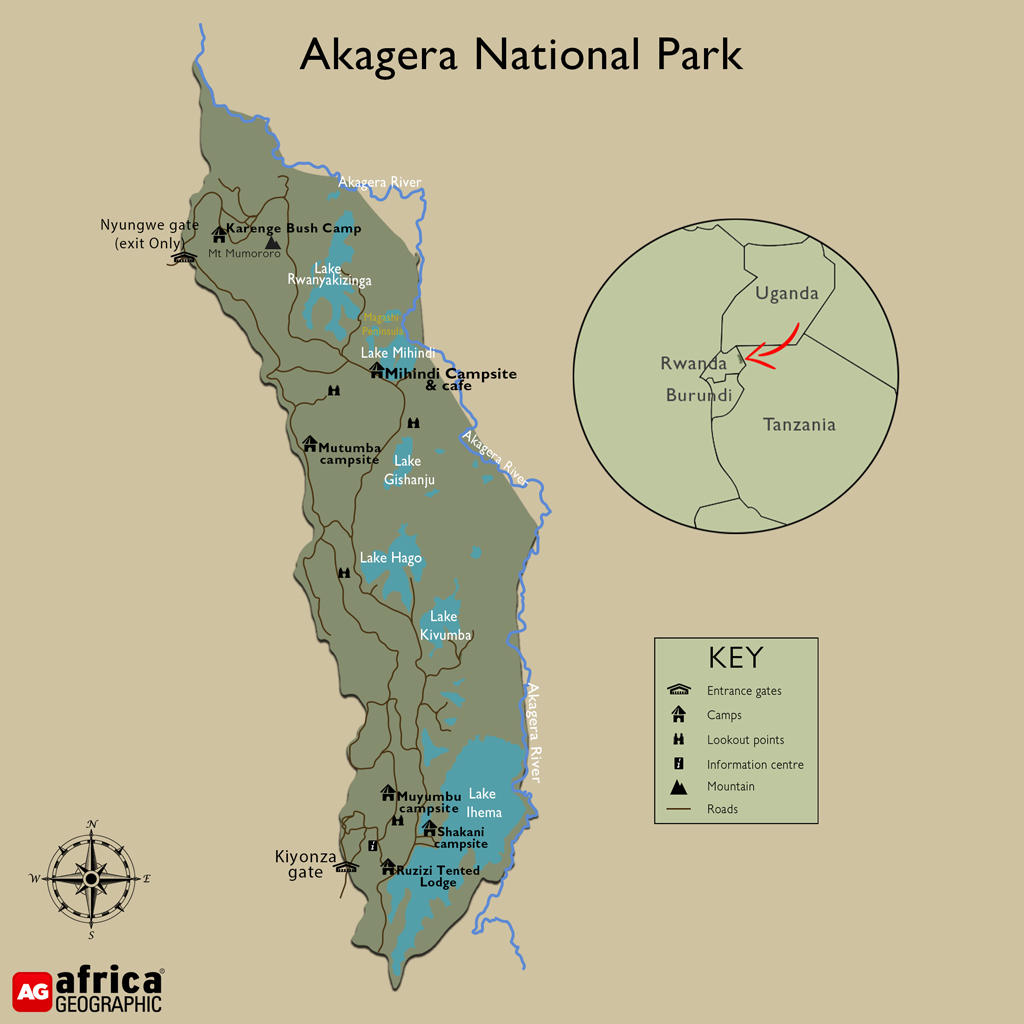
We’re stunned by the beauty of Akagera. At the same time, the rolling green hills and densely wooded valleys remind us of Hluhluwe-Imfolozi Park back home in Zululand; it’s the wetlands, numerous lakes, and vast papyrus swamps bordered by the meandering Akagera River that make Akagera one of the most picturesque parks in Africa, rivaling even famous reserves like Sabi Sand. We explore all the way north to the wildlife-rich Kilala Plains. On a narrow road, a big bull elephant refuses to give way and comes thundering towards us, forcing a fast reverse and quick turn of the Defenders onto a sidetrack – straight into a crash of southern white rhino. They’re part of a group of 30 translocated from South Africa in 2021, and several new calves have already been born.
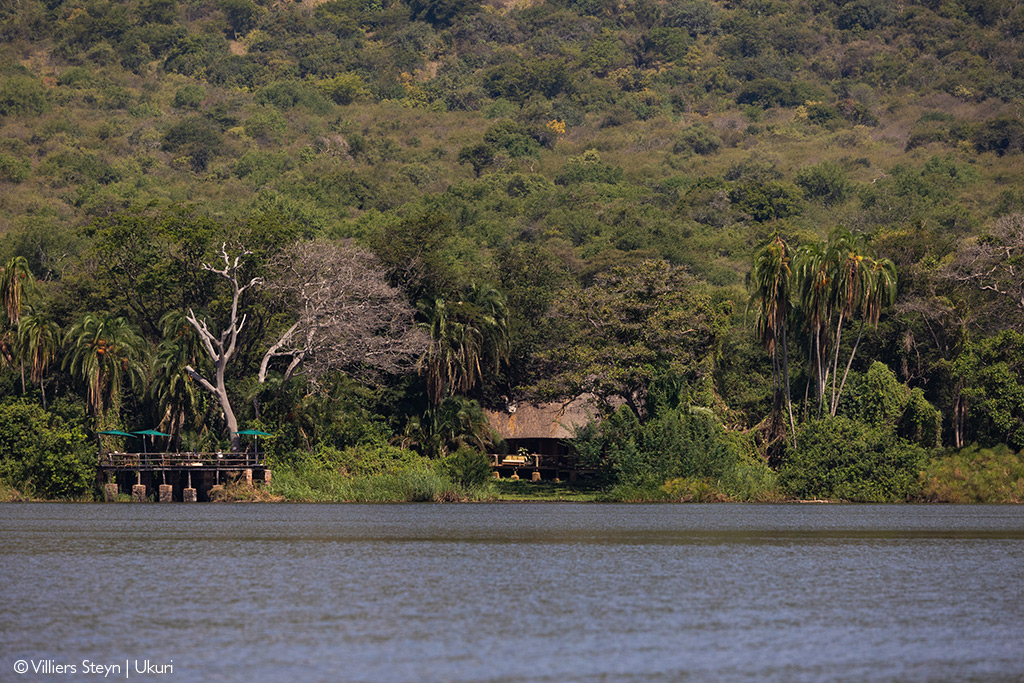
It’s precisely what we’d hoped to see. At least they will be safe; not a single elephant or rhino has been lost to poachers in Akagera in the past 13 years. Lions and black rhinos have also been reintroduced and are flourishing, and leopards are regularly seen.
That evening, whilst setting up camp on the shores of Lake Shakani, a howling wind blows in, and ice-cold rain hits us sideways – everything’s instantly soaked, even the bedrolls. Somehow, we get the tents up and survive the night, only to be drenched again at sunrise by another sudden storm, sticky red mud coating everything. As our wet kit dries out, a fish eagle gracefully swoops over the lake and catches a monstrous catfish; it’s so big the bird can’t get airborne and flaps and flops around on the surface like a one-winged duck. That sets off a cacophony of mocking calls from other fish eagles perched in trees ringing the water’s edge – we swear we’ve never seen or heard so many of these lovely birds in one place in all our African travels. But to fully understand the extraordinary story of the survival and success of this magnificently beautiful landscape, we need to go back in time.


“Thank you – you’ve brought the rains!” laughs Ladislas as he introduces us to his energetic, youthful team and Jes Gruner, African Parks’ regional operations manager. In a meeting room dominated by a massive map of the continent depicting African Parks’ visionary ‘161 strategy’ (of which part of the goal is to directly manage 30 protected areas by 2030, covering over 30 million hectares), Akagera’s story unfolds.
“It hasn’t always been like this,” Ladislas begins. “The aftermath of the 1994 genocide against the Tutsis had a devastating impact, and Akagera was all but abandoned. When the genocide ended, returning refugees sought land for themselves, and the park was overrun with people and some 40,000 head of cattle. So, in 1997, the park was downsized by two-thirds – a pragmatic approach by the Rwandan government, allowing a traumatised population to rebuild their lives while still retaining a huge wildlife area. Even though horrific levels of poaching continued for another decade – the last black rhino was killed in 2007 – there were still viable populations of wildlife. The Rwanda Development Board realised the value of reviving Akagera, but they needed conservation expertise. They’d seen the transformation of Majete Wildlife Reserve in Malawi, so in 2010, they signed a 20-year agreement with African Parks to form the Akagera Management Company.”
Jes takes up the story. “When I arrived here as the first park manager, things were morbid. Everything was broken; the vehicles had no tyres, and the rangers had no structure or support. The park’s 300 lions had all been killed, crop-raiding elephants were causing huge problems, there were snares-snares-snares everywhere, hippo and buffalo poaching were out of control, the lakes were being overfished, and the park had become a smuggling route.”
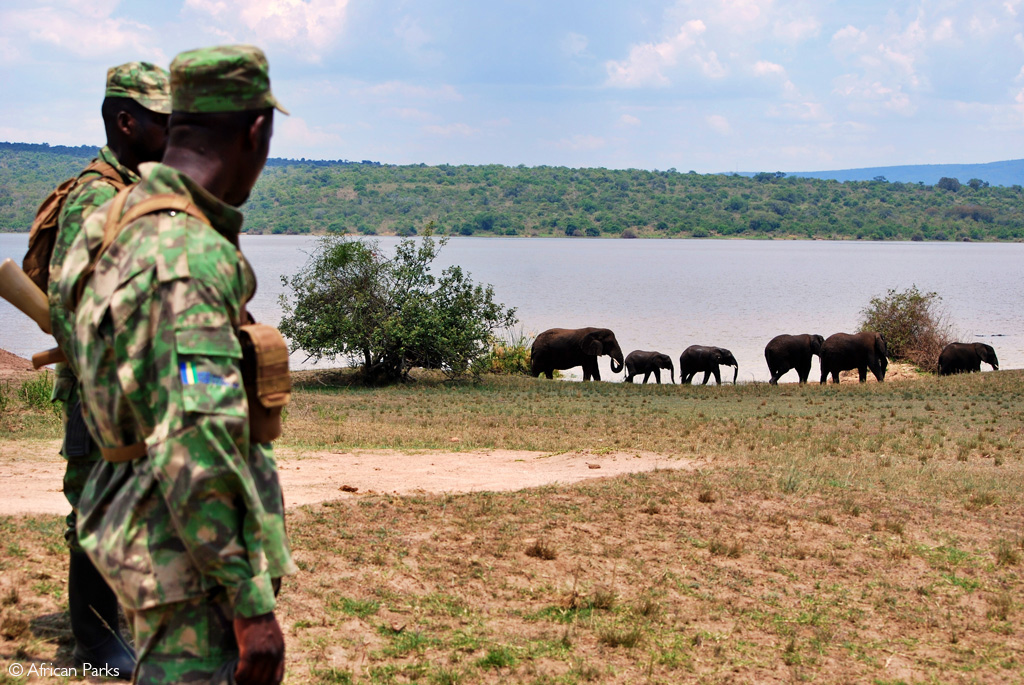
Thirteen years later, Akagera has been completely transformed and is now home to thriving wildlife populations, having grown from fewer than 5,000 animals to 12,000. A well-patrolled 120km fence runs along the western boundary, protecting communities from human-wildlife conflict. Poaching and snaring have almost been eliminated by the 100-strong ranger team, which includes dedicated rhino trackers, marine rangers, and a K9 unit. Two thousand schoolchildren and over 300 local leaders visit Akagera each year as part of the environmental education programme. Tourism has increased 12-fold, and Akagera is rapidly approaching the goal of becoming 100% self-financed.
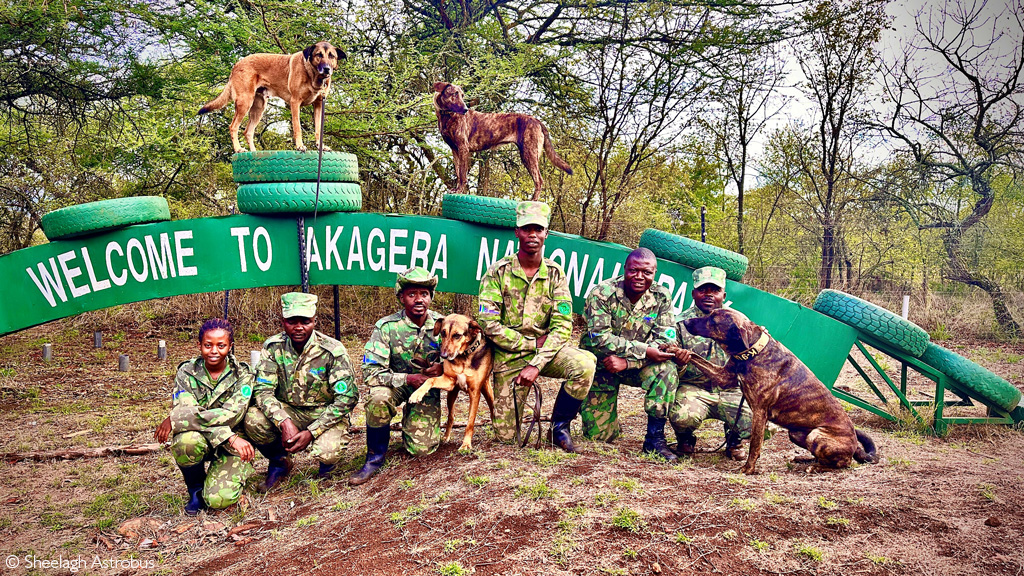
“A main reason why Akagera is so successful is the strong support from the Rwandan Development Board,” Jean-Paul Karinganire, the assistant tourism and marketing manager, tells us. “Not just for conservation, but also for marketing Rwanda worldwide as an exciting tourism destination. Responsible government is bringing back the glories of our national parks. With the Big Five success of Akagera’s savannah and wetland environment, the gorillas of Volcanoes National Park and the chimps in the forests of Nyungwe National Park (another African Parks-managed reserve), Rwanda is fast becoming known as a stand-alone ‘Big 7’ destination with great community and cultural activities in a safe and secure country. In addition, tourism creates employment and business opportunities for the locals – visitors need accommodation, transport, food, drink and guides. That all contributes to the upliftment of our community neighbours and helps young people to find work and improve their lives.”
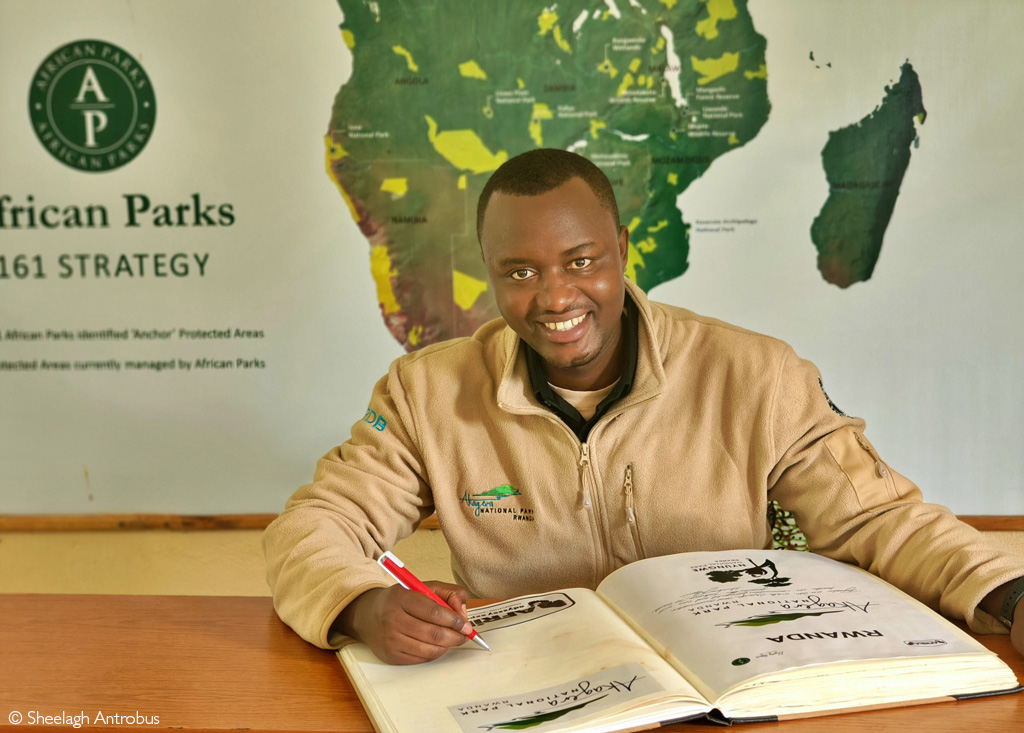

A hallmark of every African Parks-run protected area we’ve visited is their out-of-the-box thinking regarding community engagement, and Akagera takes this to the next level. “It’s integral to our success; local people must be able to see tangible benefits,” Fiston Ishimwe, the park’s community liaison manager, tells us. “It’s not just about employment; although we now employ 320 permanent staff – 70% of them from adjacent communities. We’ve also embraced the Rwandan concept of working through cooperatives and helped set up several, which generate income for hundreds of people. We also use Rwanda’s monthly Umuganda clean-up days to build goodwill between the park and the people and have a vibrant education and engagement approach. We use radio and TV to reach stakeholders and local sporting events to send a strong conservation and ‘no poaching’ message.”
 DID YOU KNOW that African Parks offers safari lodges and campsites where 100% of tourism revenue goes to conservation and local communities? You can plan and book your African Parks safari to Akagera National Park and other parks by clicking here.
DID YOU KNOW that African Parks offers safari lodges and campsites where 100% of tourism revenue goes to conservation and local communities? You can plan and book your African Parks safari to Akagera National Park and other parks by clicking here.
At the Gishani Fish Farm, there’s lots of humour as Eline Nyirandagijimana and Mathilde Murebwayire, the delightful aquaculturists who manage this state-of-art facility, try and squeeze broad-shouldered Ross into a too-tight regulation white coat and hunt for a giant pair of sanitised white crocs to fit Kingsley’s size 14 feet. “This project was started because poaching in Akagera’s lakes was decimating the fish species, and malnutrition was a real problem in the communities surrounding the park, so we had to find a solution,” they tell us. “Although the project has only been going for two years, we now produce 1.5 million fingerlings for sale to other fish farmers, have restocked ponds and lakes, and we’re close to reaching our target of producing 60,000 fully grown fish each year that we sell at half the price of beef to local people to improve their diet. Traders are now coming from as far as the DRC to buy our tilapia, and the fish poo is given to women in need as fertiliser for organic vegetable gardens. The demand is so high we have to expand, and best of all, we’ve saved the fish stocks at Akagera National Park!”

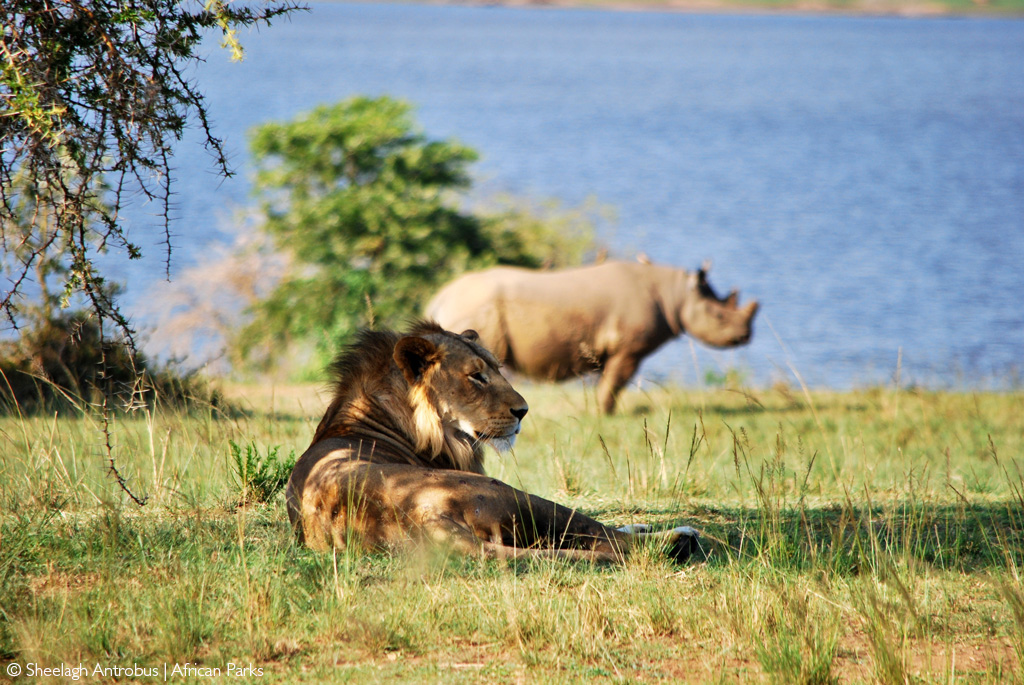
Fiston tells us that the fish farm has ignited the local economy, and the value of peoples’ land has risen, which means they can apply for larger housing loans. The second project – a cooperative that’s been given sole access to fish Lake Ihema (Akagera’s largest) under strictly controlled conditions – also provides protein free of charge to impoverished families each day, and a regular income for the co-op’s members. “The lake is now oozing fish, and a recent survey showed that over 95% of community members support the park as they see the benefits,” he says happily.
More busy days follow. Hundreds of children at the GS Ndego School create wildlife art to learn about the park, we participate in malaria prevention and Rite to Sight campaigns at the Cyarubare Health Centre and spend a fun afternoon with the Akagera K9 unit. Kenyan-born Boaz Wahika, the cheerful manager, is immensely pleased with their initial success in crossing the pure-breed K9 dogs with local hounds to reduce sleeping sickness caused by the bites of the tsetse fly. “It hasn’t been proven scientifically, but it’s working for us as cases of ‘tryps’ [canine trypanosamiasis/sleeping sickness] and dogs dying have dropped significantly. The less I have to poke an injection into one of my dogs, the happier I am,” Boaz tells us with a broad grin.



Sitting around the fire at the hilltop Muyumbu campsite a few nights later, the moon and stars above reflect in the eyes of a big herd of passing buffalo as Anna dreams up another of her expeditionary gastronomic delights and Sheelagh tries to decipher pages of notes by the light of a torch. The sounds of the wild surround us: lions roar in the distance, a leopard coughs nearby, the squeal of an elephant on the lakeshore below and frogs croak after the rain. In the distance, the twinkling lights of the surrounding towns and villages remind us that communities and conservation can work together in meaningful ways so that, into the future, they remain the custodians of Akagera.
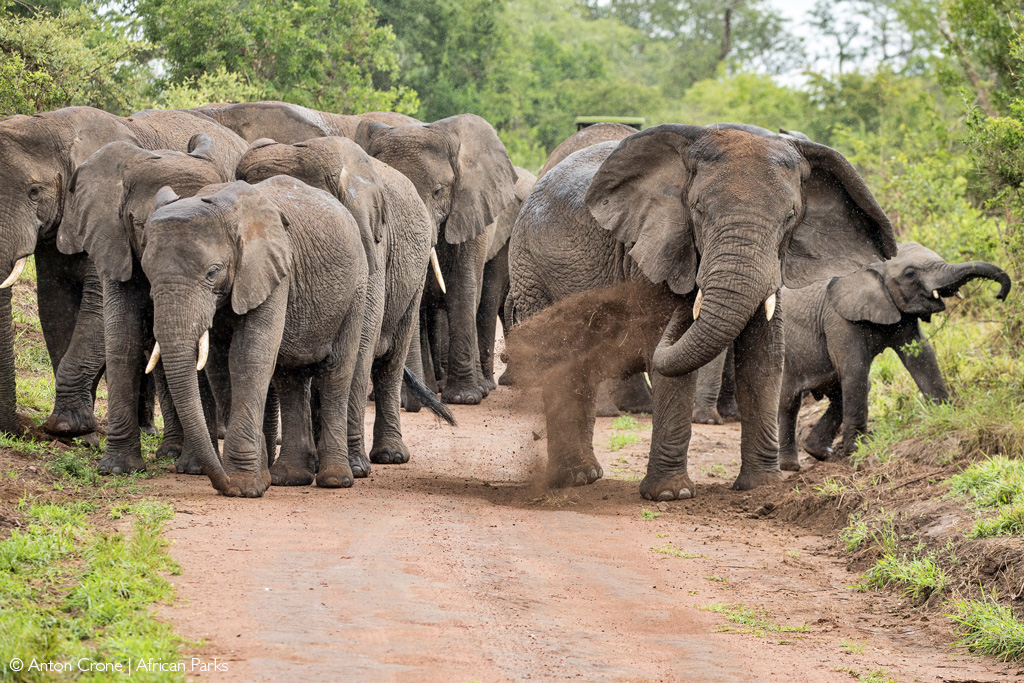
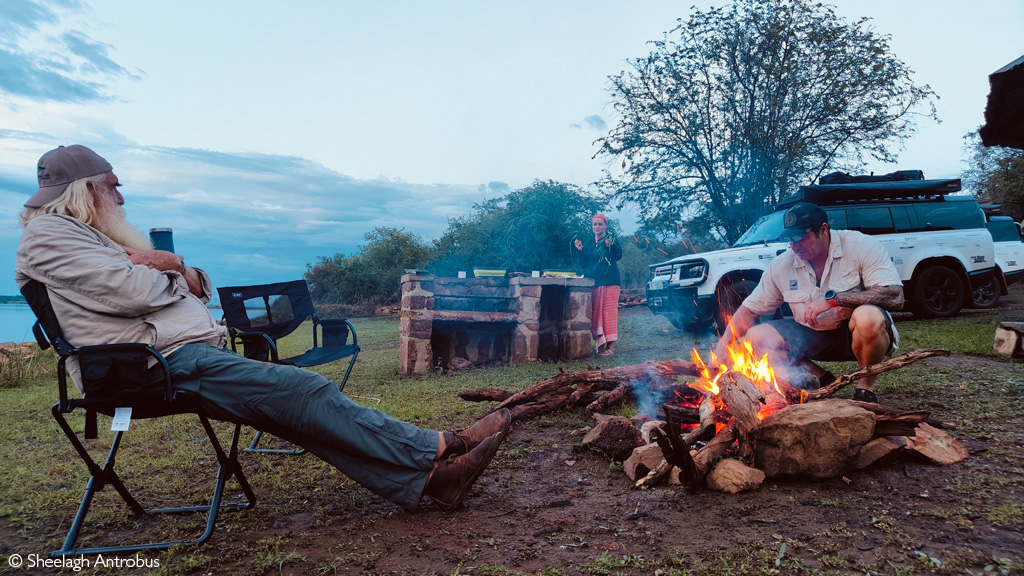
Ladislas and Jes laugh and joke as they wade into Lake Shakani to add symbolic Akagera water to the expedition calabash. They take us to collect pebbles from the Krisztian Gyonygi memorial viewpoint for further symbolism. The pebbles clunk into a bag to join others collected from the ten parks already visited – pebbles that will be used to build a ceremonial isivivane (pile of stones) at the end of this Afrika Odyssey in a few months. But there are still 11 destinations before we complete our mission of connecting all 22 African Parks-managed protected areas across this magnificent continent.
Our second-to-last night in Akagera is spent at Karenge Bush Camp, which has endless views over the Kilala Plains, and the hills beyond that mark the border with Tanzania. The following day, we take a narrow 4×4 track to the high Kajumbura viewpoint. An eland is silhouetted on the crest of a hill, and a gentle oribi lies motionless in the alpine-like grasses. Surrounded by wildflowers, we stop for a tailgate lunch of boiled eggs and cold chicken. In the distance is the amoeba-shaped shimmering Lake Rwanyakizinga, and we can see the Akagera River meandering in and out of Lake Mihindi. To the west are the Matumbi Hills, looking like the folds of a great, green blanket, and to the south stretch vast papyrus swamps interspersed with more lakes with names like Gishanju and Kivumba. Towering cumulonimbus thunderheads march like galleons across the landscape – several storms are happening around us, dumping great rain curtains on the valleys below.
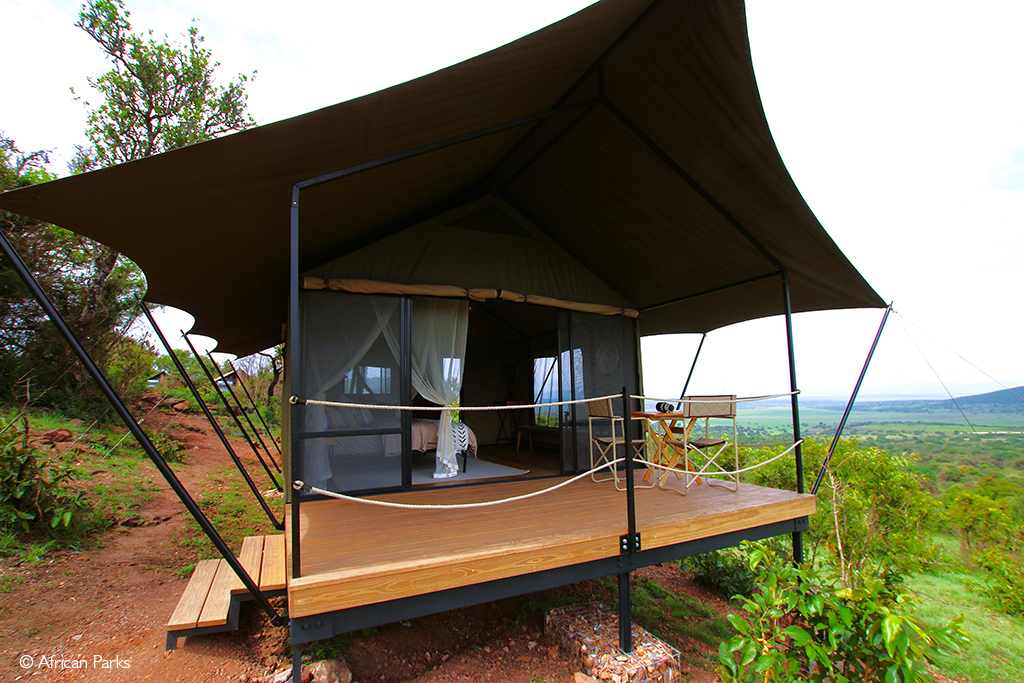
Nosing the Defenders along a thin, winding, muddy track, we’re surrounded by curious Maasai giraffes and at last light, we stop on the shores of Lake Hago. A massive croc lies on the bank, fish eagles call, and pods of hippos grunt and move lazily between the papyrus reeds; scenes so timeless that they seem to wash away the years of hardship that this wild landscape has known and the horrors and suffering of the genocide, to be replaced by a future full of hope for both people and wildlife in this small, densely populated country.
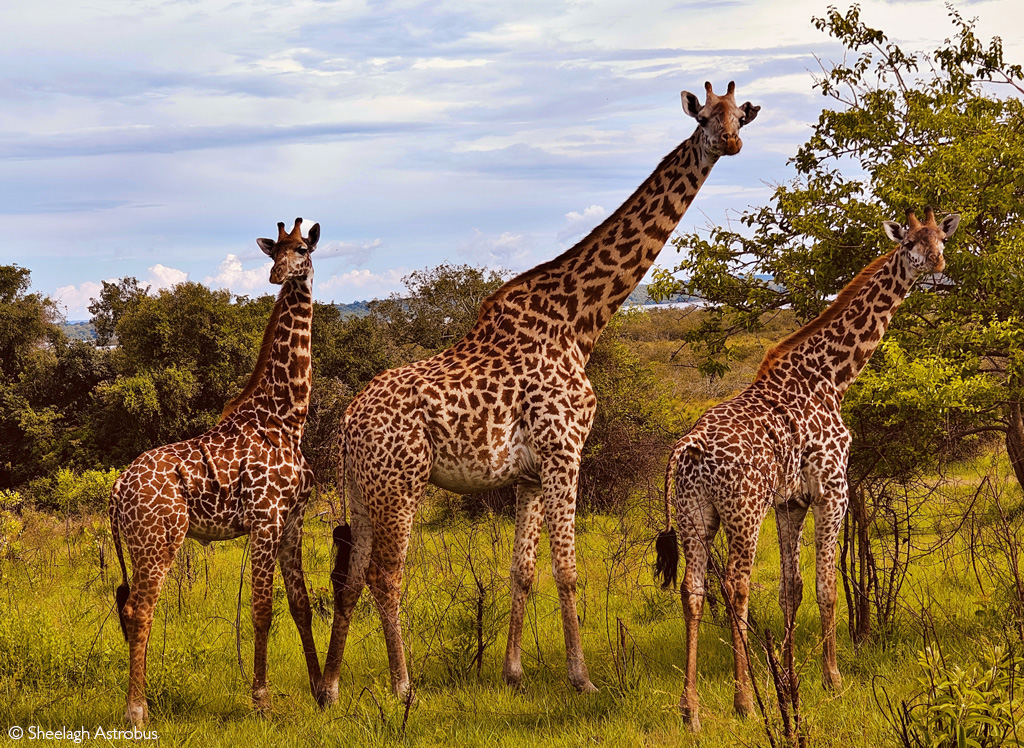

With its growing tourism numbers, Akagera has become the best-performing park in the African Parks network. It is a success model for other national parks in Central and French-speaking African countries, whose teams come here to see how stability, responsible governance and conservation expertise can create a self-sustaining and profitable wildlife haven.
We leave as a blanket of early morning mist hangs low in the valleys of Akagera. It’s hushed, but there’s a sense of peace, permanence, stability and confidence that the years ahead will only improve.
Then it’s through the ordered chaos of Kigali’s traffic, dodging thousands of bicycles and motorbike taxis and keeping a sharp eye out for Rwanda’s numerous ‘sleeping policemen’ – speed cameras in sneakily camouflaged brown-and-grey towers that sting you $25 a shot – and into the high, forested mountains of the west. The next destination is Nyungwe National Park, near the Burundi and DRC borders.
To comment on this story: Login (or sign up) to our app here - it's a troll-free safe place 🙂.![]()




